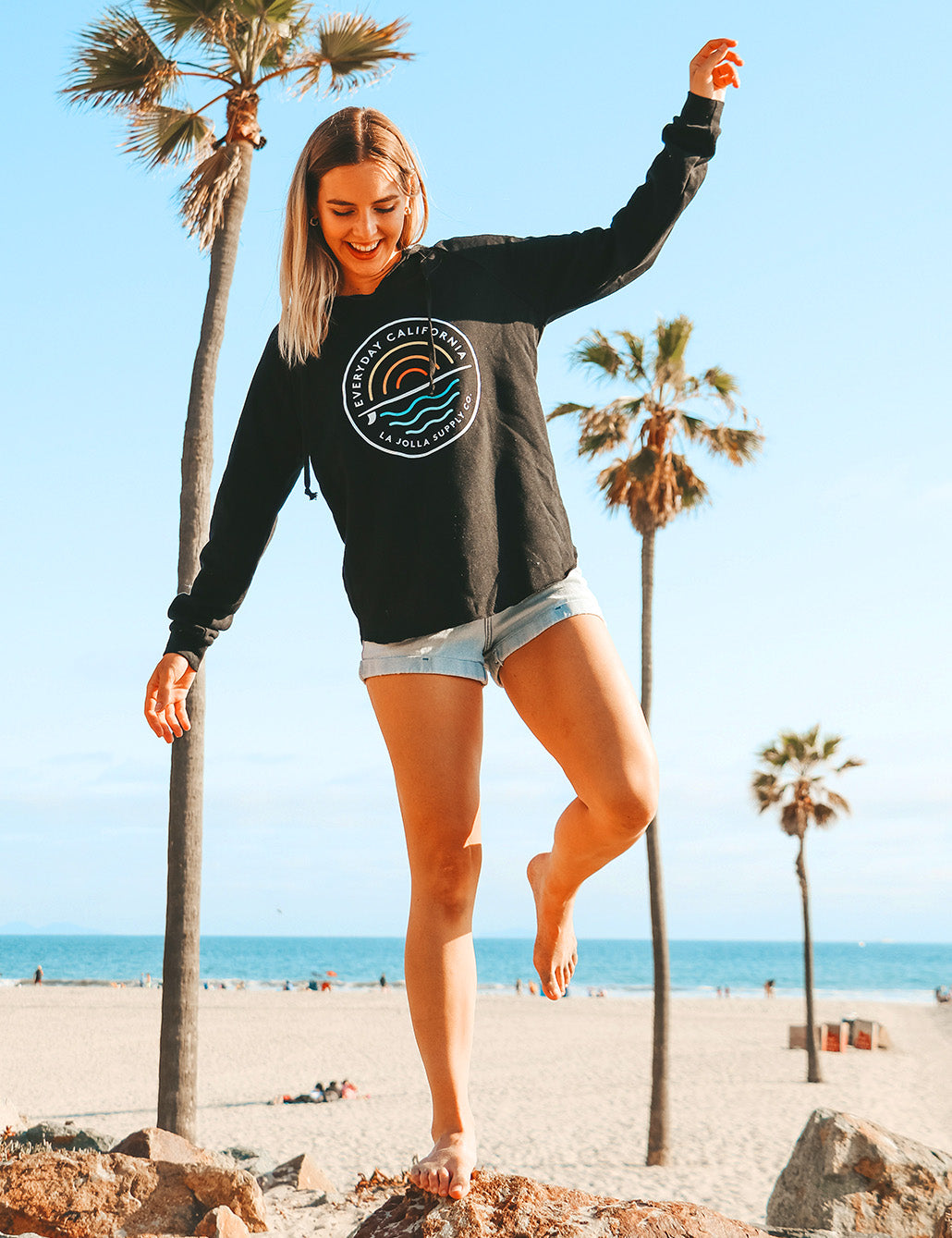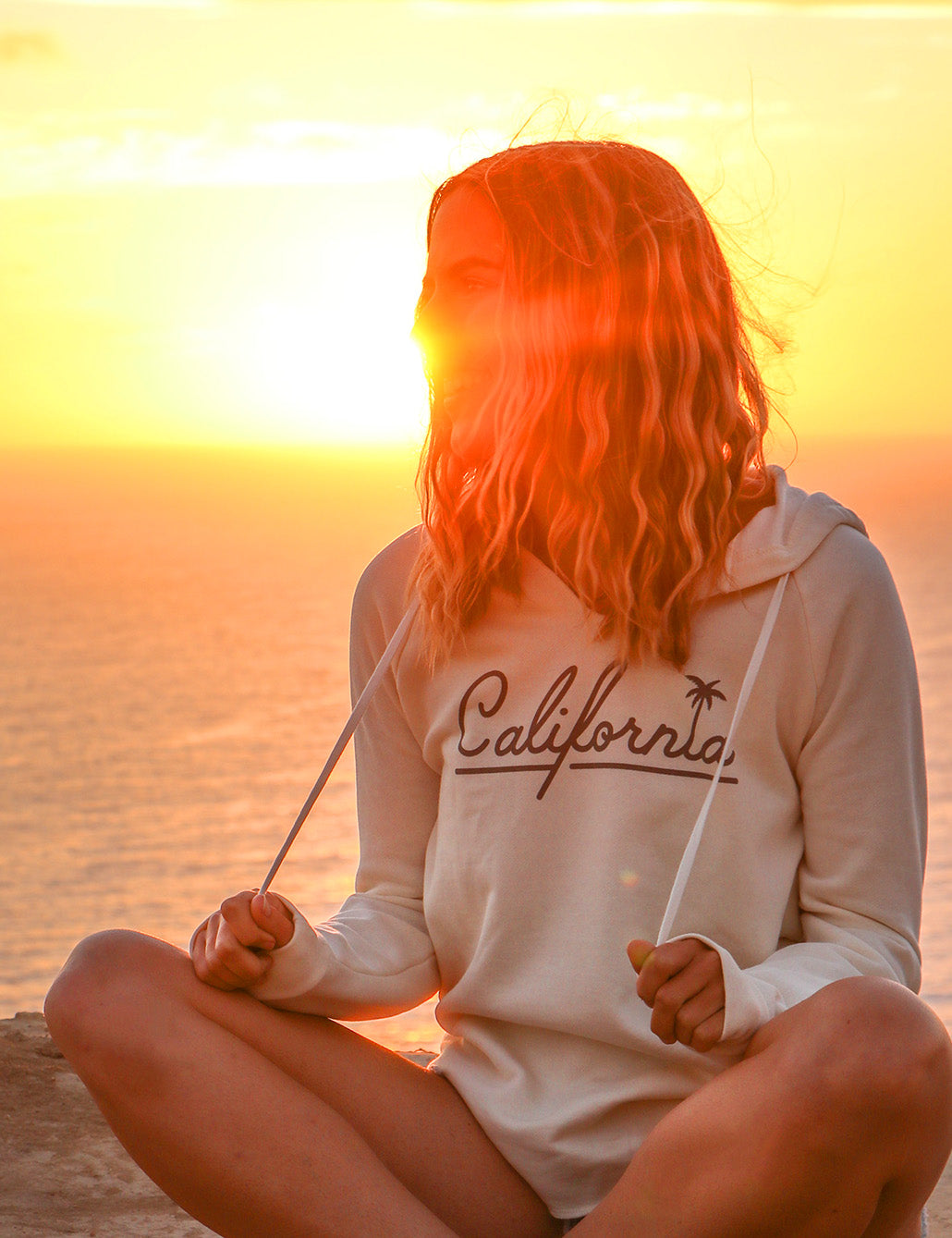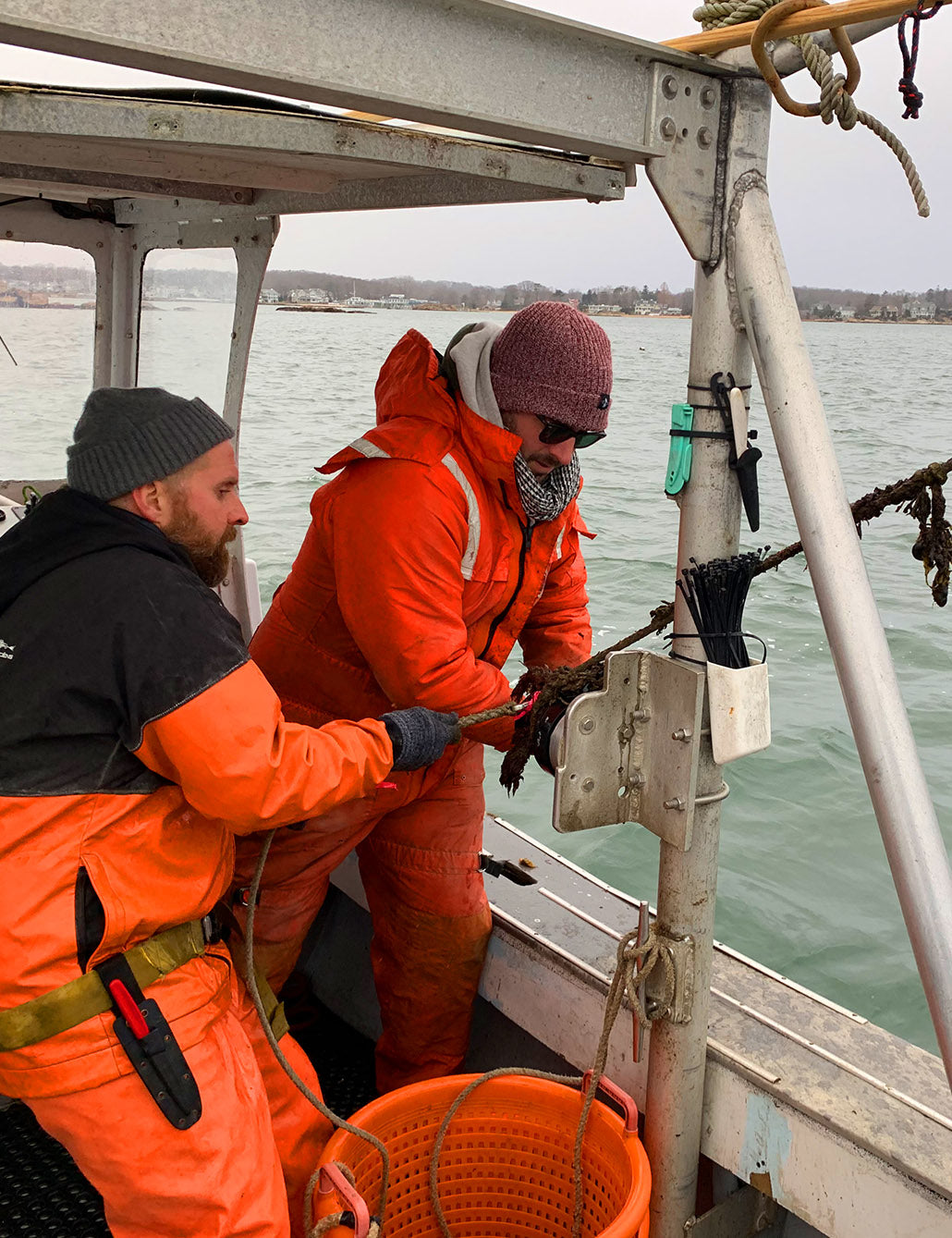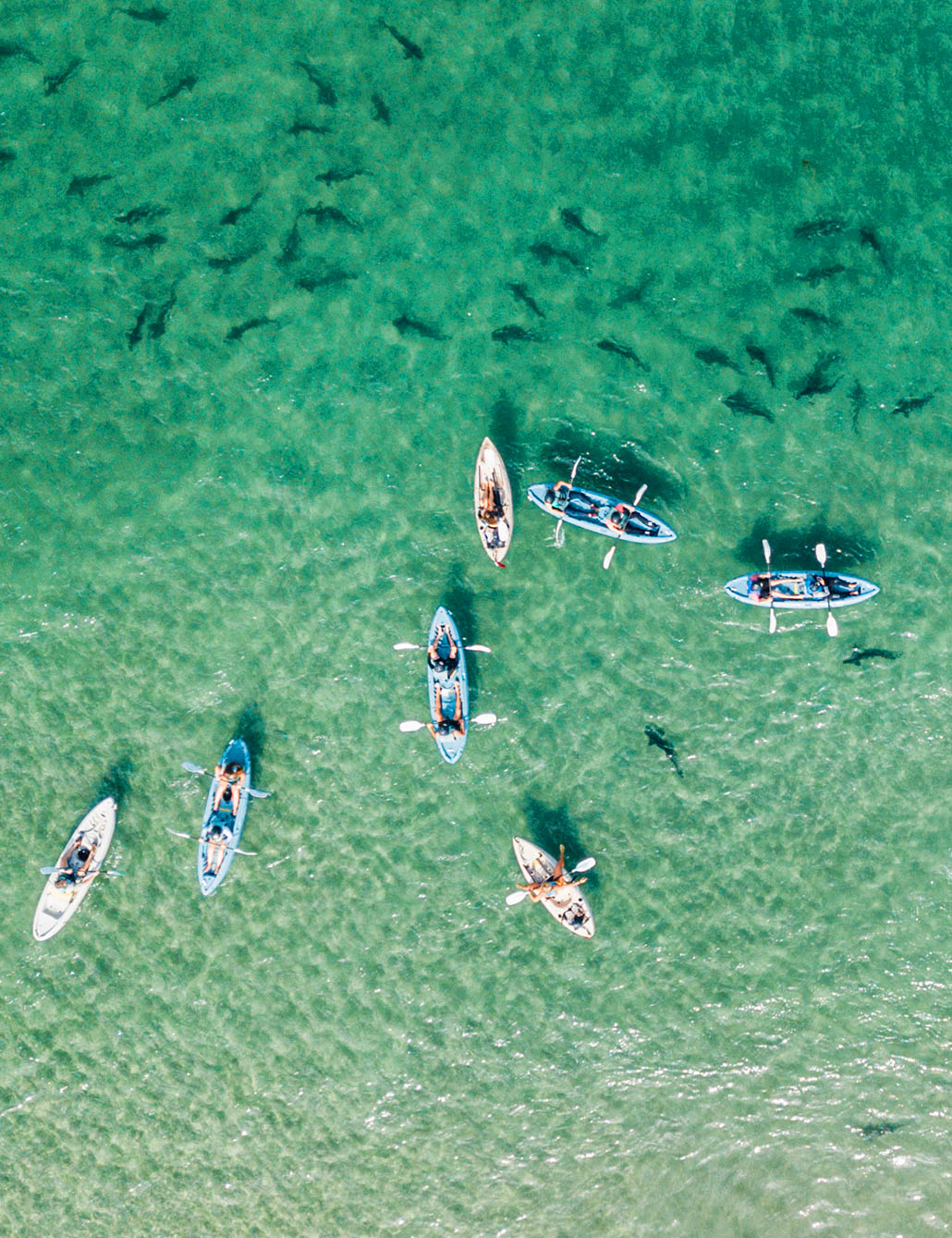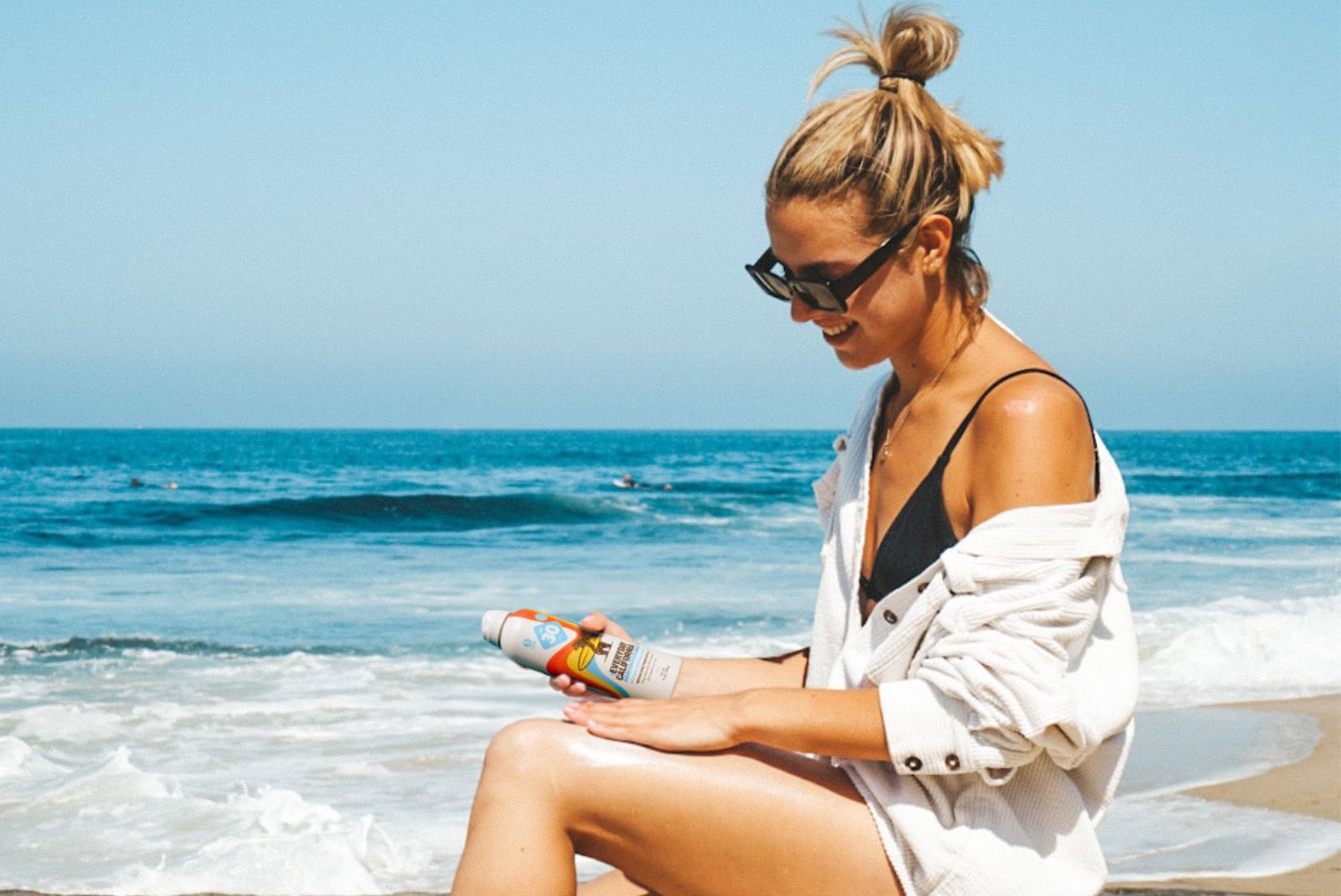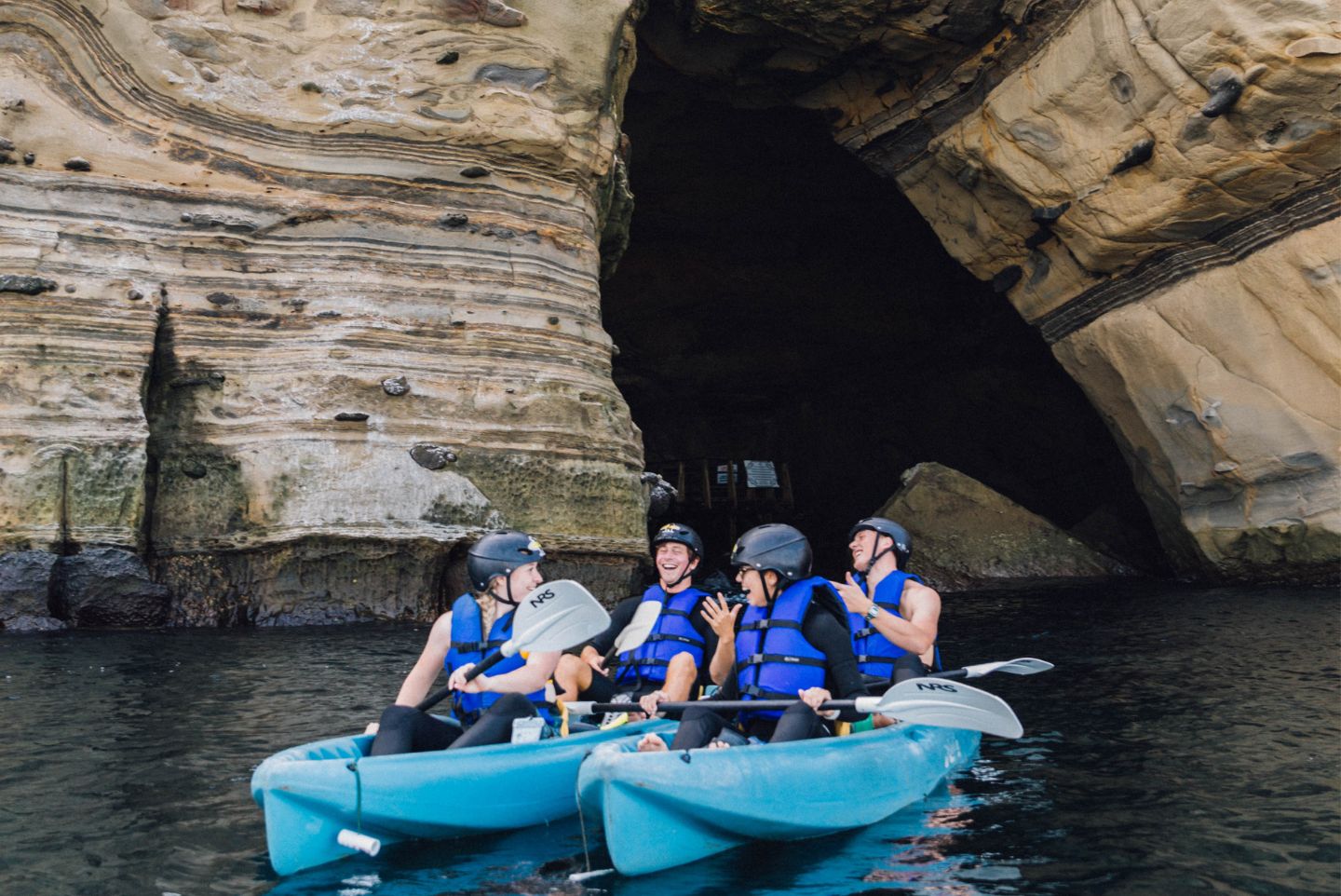Why It's Time To Switch To Reef-Safe Suncream; Protect Both Your Skin and The Environment.

According to dermatologists, sunscreen should be a part of your daily skincare routine, especially during the summer months. Sunscreen not only protects the skin from cancer-causing sun damage but is also a powerful anti-aging tool. While there's no doubt that we should all be wearing sunscreen to protect our skin from UV rays, not all sunscreen is equal. Many popular sunscreen brands shield your skin from the sun, but wreak havoc on the environment, destroying the ecosystem of our oceans.
Thankfully, there are plenty of effective eco-conscious sunscreens on the market nowadays, which offer full protection from the sun without causing damage to the environment. In this article, we'll explore what reef-safe sunscreen is, why regular sunscreen is so bad for the environment, and how reef-safe sunscreen can help to save our reefs.

How is Sunscreen Destroying the Ocean?
An estimated 6,000 tons of sunscreen finds its way in and around ocean reefs each year, according to The National Park Service. Others estimate as much as 14,000 tons of sunscreen ends up in the world's coral reefs every year, negatively impacting the ecosystem. The chemicals found in conventional sunscreens are leaking into reefs and contributing to the decline of coral reefs in our waters. This influx of chemicals from sunscreen, together with overfishing and pollution, has led to a serious decline in the overall conditions of the world's oceans.
“Sunscreen pollution is a real phenomenon and it poses a threat to coral reefs and aquatic life. It’s also a major factor in decreased water quality,”
– Craig Downs, Ph.D., Executive director of Haereticus Environmental Laboratory
The environmental risks caused by sunscreen have prompted several sunscreen manufacturers to produce their own reef-safe formulas. In fact, sunscreen pollution in our waters has reached such heights that popular vacation spots like Palau, the Marshall Islands, the Virgin Islands, the Florida Keys, and Hawaii have banned sunscreens containing chemicals that harm the environment. This law came into full effect in Hawaii in January 2021, banning over 3,500 sunscreen products and making it only possible to buy reef-safe sunscreens on the island.
What exactly is reef-safe sunscreen? Let’s take a closer look.

What is Reef-Safe Suncream?
Reef-safe sunscreen is the term used to describe sunscreens that don't contain the UV blocking chemicals, oxybenzone and octinoxate. Oxybenzone damages coral DNA, leading to coral deformation, abnormalities, and coral bleaching. Coral bleaching damages coral and leaves it vulnerable to disease, or worse yet, death. Once coral has been bleached it no longer regenerates, eradicating shelter and food for marine life ecosystems.
You may be wondering why the sudden move to ban these products that have been widely used and FDA approved for years. An alarming 2015 study of coral reefs in Hawaii, the U.S Virgin Islands, and Isreal observed that a single drop of oxybenzone-containing sunscreen damages an area of ocean the equivalent of 6.5 Olympic swimming pools. Bearing in mind that an estimated 14,000 tons of sunscreen enter our oceans each year, this is certainly a major cause of concern and the evidence is clear to see. A whopping 80% of the Caribbean coral reefs have been lost in the last 50 years, a stark indicator of the damage being caused by pollution.
The key to keeping ocean life happy and healthy is to go for an SPF that uses physical UVA and UVB filters instead of chemical ones that contribute to the deterioration of coral reefs. When shopping for reef-safe sunscreen, simply check the label and look for the active ingredients zinc oxide and titanium dioxide.
What are the Benefits of Reef-Safe Sunscreen?
The survival of coral reefs is imperative to our own survival. Coral reefs are diverse ecosystems that serve a wide range of purposes vital to human survival, including the following.
- Coral reefs house hundreds of marine life species including one of our major food sources, fresh seafood
- Coral reefs contribute to stabilizing the ocean floor
- Coral reefs help to regulate carbon dioxide levels in the ocean, counteracting the effects of climate change
- Coral reefs act as a filter to clean seawater
- Coral reefs work to prevent coastal erosion
Reef-safe sunscreen offers a safer alternative to the traditional chemical-laden sunscreens. Not only do these sunscreens protect your skin from UV damage, but they contain significantly fewer harmful chemicals that have proven to be harmful to coral reefs.
These numbers are pretty scary, but with a few small actions, we can prevent further damage to our reefs. Here's how.

How Can We Save Our Oceans?
Reef-safe sunscreens may be a huge step in the right direction, but that's not to say that they're completely safe. Many still pose some risks to marine life. Studies suggest that other ingredients found in sunscreens like preservatives, fragrances, and UV-blocking chemical agents such as octocrylene may also be contributing to the damage to coral reefs.
Methylparaben and butylparaben, or phenoxyethanol, are commonly used in sunscreens and are extremely harmful to marine life. In fact, these parabens were originally designed for use as a mass fish anesthetic.
As well as investing in reef-safe sunscreen, there are other ways that you can conserve coral reefs. Here are just a few.

Cover Up with Protective Clothing
The very best course of action in the fight to save our oceans is, when possible, to swap sunscreen lotion for sun protective clothing such as long-sleeved bathing suits, hats, and swim leggings with built-in broad-spectrum UV protection. By covering up your arms and torso with a sun shirt instead of sunscreen, you can reduce your sunscreen consumption by up to 50%.
Swapping out sunscreen lotions and creams for protective clothing may be the ideal way to conserve our reefs, but it isn't always possible. Wearing protective clothing is an unrealistic suggestion for sun worshippers who want to soak up the sun on their beach vacation. Not only is it uncomfortable and restrictive, but it's also an extra expense that many people simply can't afford.
Since some sort of sun protection is imperative to protect the skin from UV rays, sunburn, and conditions such as skin cancer, the best port of call is to alternate between protective clothing and reef-safe sunscreen. It's a great idea to cover up when you can to reduce your sunscreen use and rely on reef-safe sunscreen when covering up isn't possible.

Choose Your SPF Carefully
When it comes to choosing an eco-friendly sunscreen, is it best to go for a higher SPF or a lower one? Marine experts claim that sunscreens with a higher SPF actually cause more harm to the environment due to a higher level of chemicals.
Protecting your skin from sun damage should always be a top priority, but many experts claim that high SPF sunscreen (above SPF 30) doesn't actually protect the skin from UV radiation any more than SPF 30. Most experts recommend going for a high-quality, water-resistant SPF 30 that has undergone rigorous FDA testing and reapplying every 80 to 90 minutes.

Avoid Aerosol Sunscreen
Aerosol sunscreen sprays are more harmful to the environment as they cause a wider (airborne) spread of chemicals across the ocean and on the sand. They can also be inhaled into the lungs of both humans and animals. This, in turn, leads to more damage to marine life.
Finding an eco-friendly, reef-safe sunscreen can be tricky. Read on for a few handy tips to choose the best option for you and the planet.

How to Tell if a Sunscreen is Reef-Safe or Reef-Friendly?
A big issue surrounding reef-safe sunscreens is that there is no set definition of what exactly a reef-safe sunscreen is. Since reef-safe labeling isn't regulated by the FDA or any other organization yet, there are companies that try to pass themselves off as offering a reef-safe product by using the unregulated term "reef-friendly". This makes it harder for consumers to buy the product they're looking for. If the labeling is confusing you, sunscreens containing non-nano zinc oxide are usually deemed safe for the environment.
The good news is that an increasing number of laws are coming into play around chemical use in sunscreen, and sunscreens containing oxybenzone are being phased out. Despite these new laws, it's still ultimately up to the consumer to do their homework and learn how to decipher their sunscreen label to make sure they're choosing a truly reef-safe option. Here are a few tips to help you avoid chemical-laden sunscreens.
1) Don't Buy It If It Contains Oxybenzone and Octinoxate
If the sunscreen label has a list of chemicals as long as your arm, it's probably best to avoid it. The most important chemicals to and steer clear of are oxybenzone (also known as benzophenone-3 or BP-3), and octinoxate. If you come across either of these ingredients on the label, you know that this sunscreen is absolutely not reef-safe.
2) Boycott Other Chemicals, Parabens, and Nano-Particles On The HEL List
If you are really serious about conserving coral reefs, get familiar with the HEL List. This is a list of harmful chemicals, parabens, and nano-particles found in cosmetics, sunscreens, and toiletries. The list was produced to steer consumers in the right direction and guide them when buying reef-safe sunscreen that won't pollute coral reefs.
Why is it so important to boycott sunscreens that contain these chemicals? A report by marine conservation NGO Marine Life reveals that there could be up to 82,000 kinds of chemicals from toiletries and other personal care products in our oceans. Many of these chemicals, such as petrolatum/mineral oil, negatively impact aquatic life and take years to biodegrade.
If you want to make sure your sunscreen is HEL List approved, check the label to make sure your sunscreen doesn't contain any of the following.
- Oxybenzone
- Triclosan
- Octinoxate
- Homosalate
- Octocrylene
- Parabens
- 4-methylbenzylidene camphor
- Nanoparticles or "nano-sized" titanium or zinc (if it doesn’t say "micro-sized" or "non-nano" on the label and it can be rubbed in, then it’s most likely nano-sized)
- PABA
- Microplastics such as "exfoliating beads"
Does this all seem like a lot of information to remember? If so, don't fret. To help narrow your search, look out for certifications from reliable third parties; for example, the seals awarded by 1% For The Planet.
3) Use Mineral Sunblock
In general, non-nano mineral sunscreens are the most eco-conscious option. Sunscreens containing non-nano titanium dioxide or non-nano zinc oxide are other safer alternatives.
A number of dermatologists agree that mineral sunblocks are equally as effective as traditional sunscreen, and they are the least harmful to the environment. As they sit on the skin, they can be trickier to rub in and need to be topped up every two hours.
Now that you know how to choose a reef-safe sunscreen that will do minimal harm to our reefs, read on to learn the best ways to advocate for reef-free sunscreen in your community and help save our oceans.

How To Advocate For Reef-Free Sunscreen
The first step you can take to advocate for reef-free sunscreen is to change your purchasing decisions and educate yourself on what the term "reef-safe" means.
Buy reef-safe sunscreen only and spread the word to friends, family, and people in your community. Speaking to local sunscreen suppliers in your area about incorporating reef-safe sunscreen and encouraging them to stop stocking toxic sunscreens. If you're keen to take it a step further, consider getting in touch with local politicians and advocate for bans on the use and sale of sunscreens laden with harmful chemicals.
As awareness grows, more and more reef-safe sunscreens appear on the market, making it easier than ever for consumers to make an eco-conscious decision.

How To Tell If Your Sunscreen Is Environmentally-Friendly
Finding reef-safe sunscreen is a good start, but what other environmentally-friendly sunscreen features can you look out for? We've covered some of the terms to be aware of below.
Micro-Plastic-Free Sunscreen
Sunscreen, and many other cosmetics and toiletries, contain liquid polymers like acrylates copolymer or carbomer. They come in liquid, gel, or wax form and they aren't biodegradable, making them incredibly harmful to the environment. If you want to guarantee that your sunscreen is free of micro-plastics, always pick natural and organic sunscreens.
Palm oil-Free Sunscreen
Palm oil continues to be a major cause of deforestation across the globe. This deforestation has led to the destruction of the habitats of a large number of endangered species such as Orangutans and Sumatran rhinos.
Not only is the use of palm oil destroying biodiverse forests, but harvesting palm oil omits millions of tonnes of greenhouse gasses, adding to climate change. The palm oil sector has also been involved in unethical practices like child labor and exploiting workers.
Unfortunately, palm oil derivatives continue to be used in sunscreens and other personal care products. When choosing sunscreen or other products, always check the label and look for palm oil-free or RSPO certified palm oil.
Organic Sunscreen
When in doubt, go organic. Choosing organic sunscreen is a failsafe way of making sure the product is free from toxic chemicals used in sunscreens and has minimal impact on the environment.
Cruelty-free Sunscreen
With so many different terms out there, how can you be sure that the sunscreen you're using is really cruelty-free? Look out for the Leaping Bunny logo. This logo is a guarantee that the sunscreen brand you're buying doesn't test on animals.

Key Takeaways
Coral reefs are home to an incredible ecosystem that's essential to human survival. Over the past century, we've seen an alarming amount of damage to our reefs as a result of pollution, overfishing, and toxic chemicals found in sunscreen and other toiletries. This pollution has led to coral bleaching and the destruction of coral reefs across the world. While the situation is worrying, there are still plenty of ways that we can prevent further damage and perhaps even reverse some of the damage caused.
Switching to a reef-safe sunscreen such as a mineral-based sunscreen or non-nano zinc oxide-based sunscreens is a simple way to conserve our world's coral reefs. Get to know the chemicals you should avoid and always read the label carefully to avoid being fooled by misleading claims. This way, you can help to conserve our reefs and put an end to the use and sale of toxic sunscreens.


